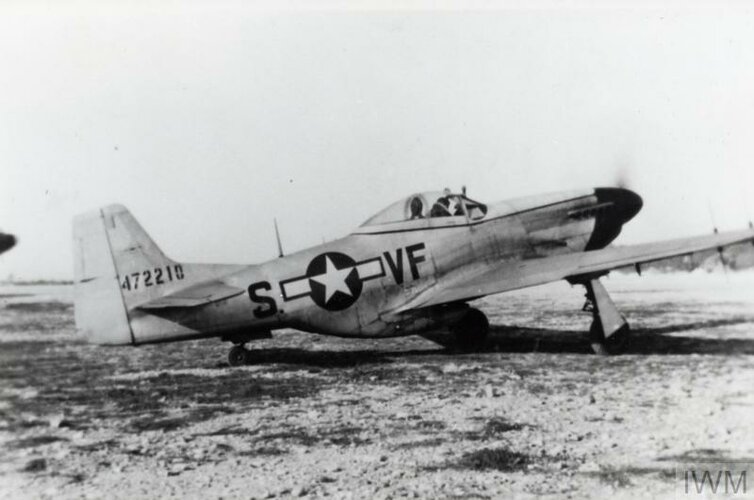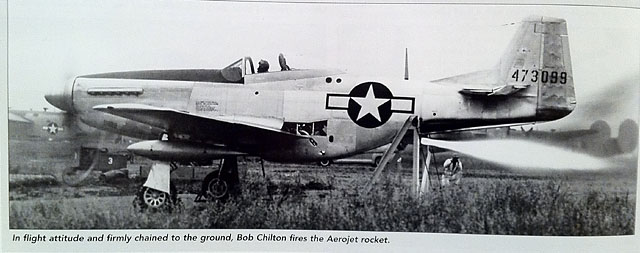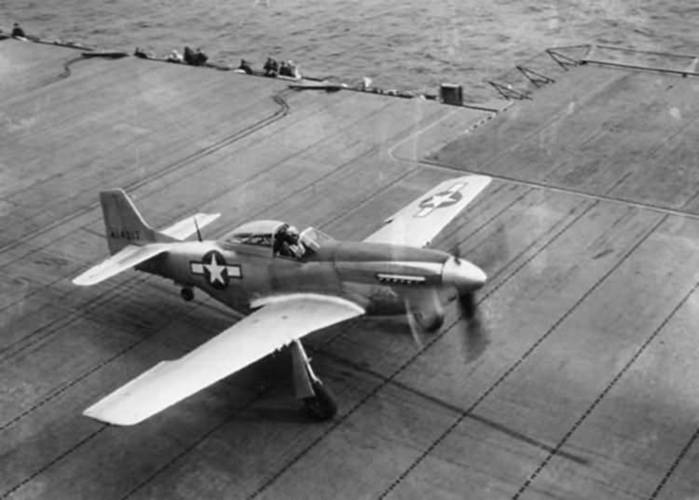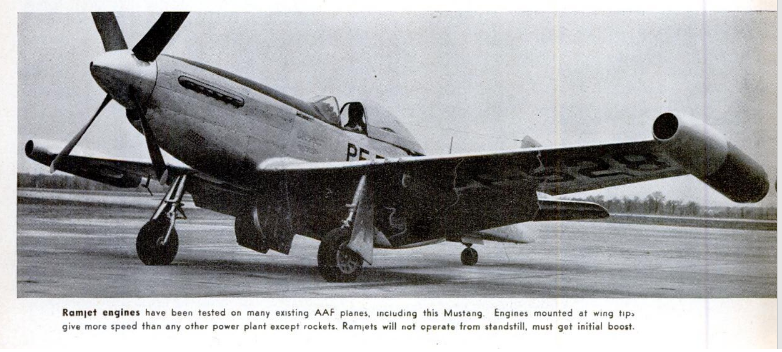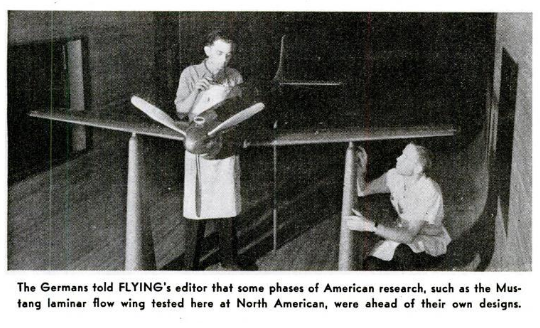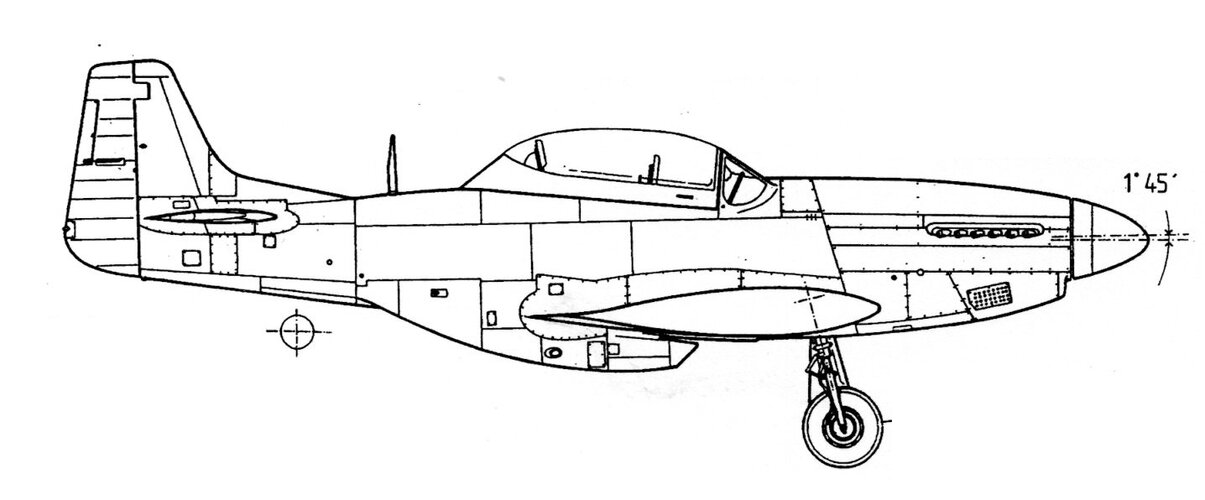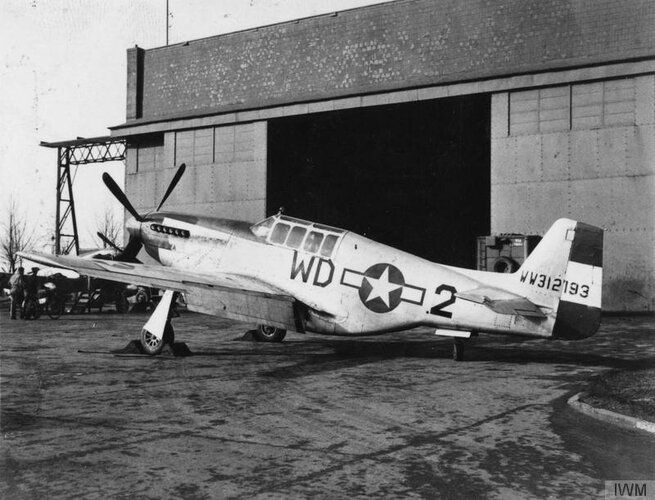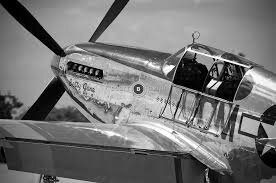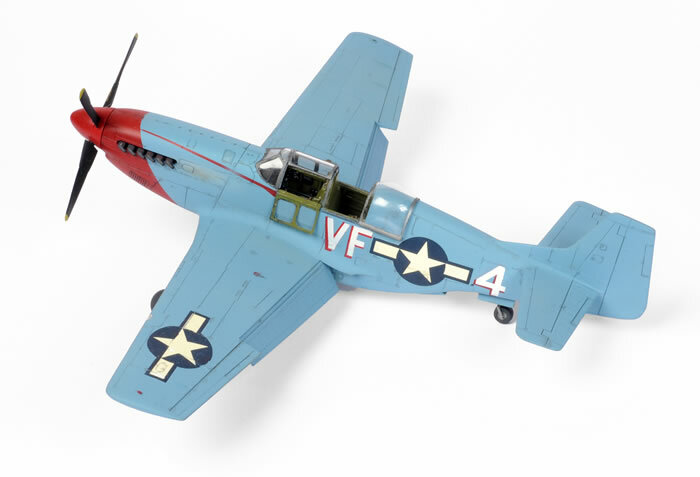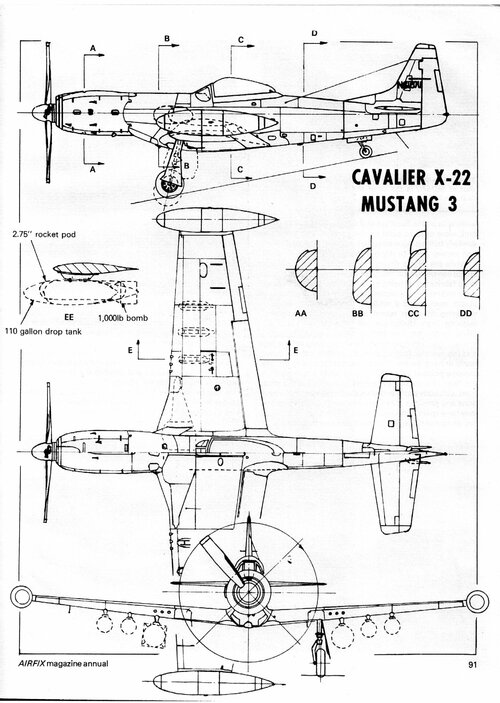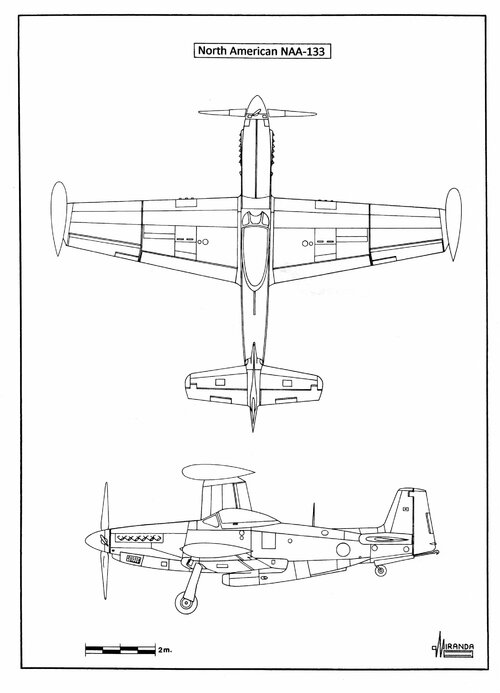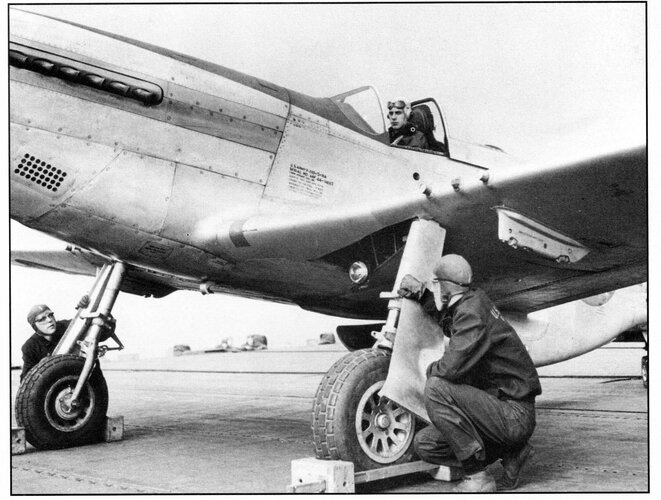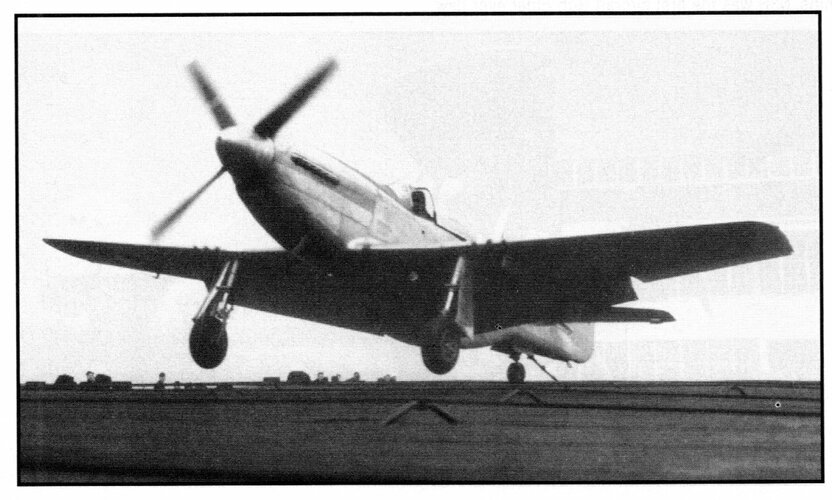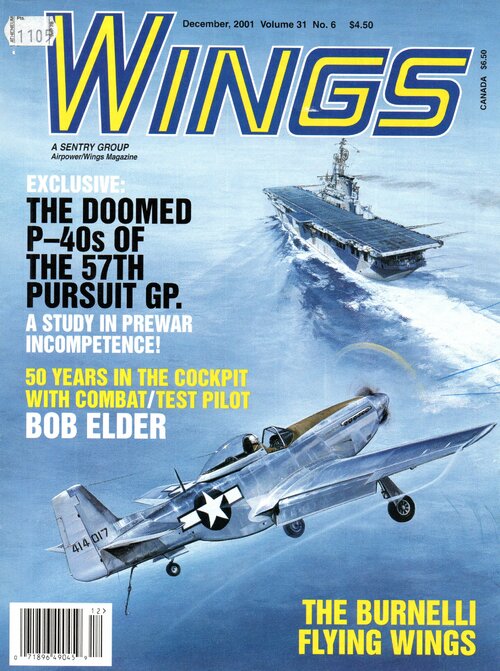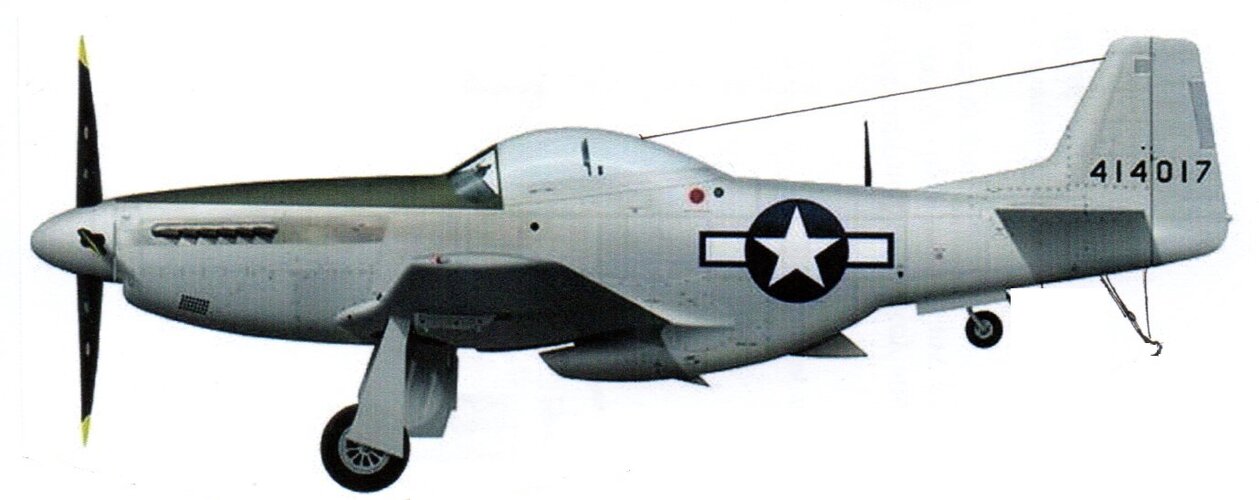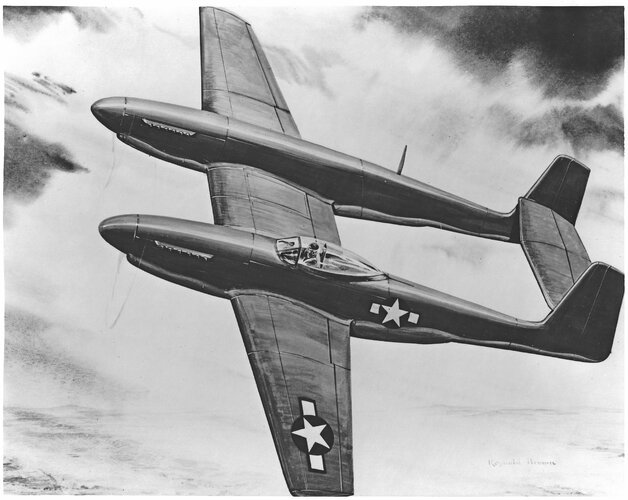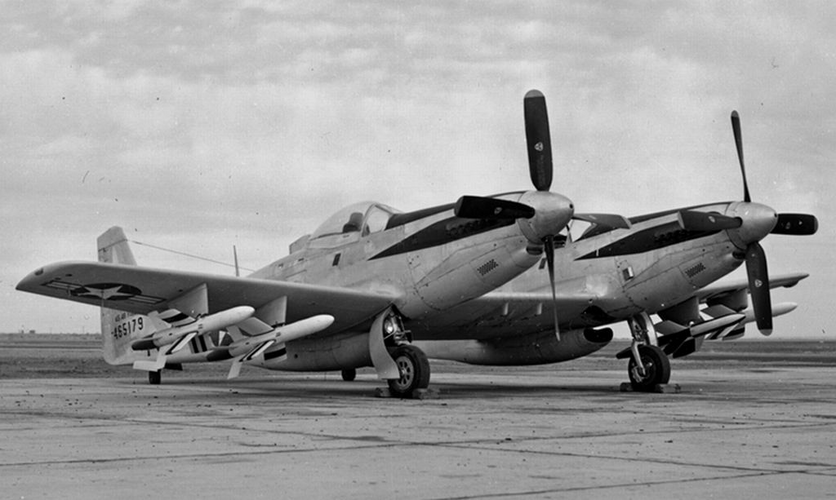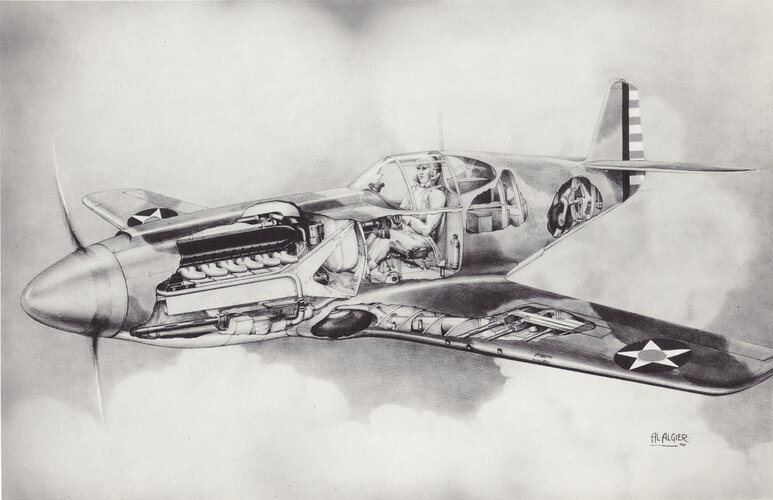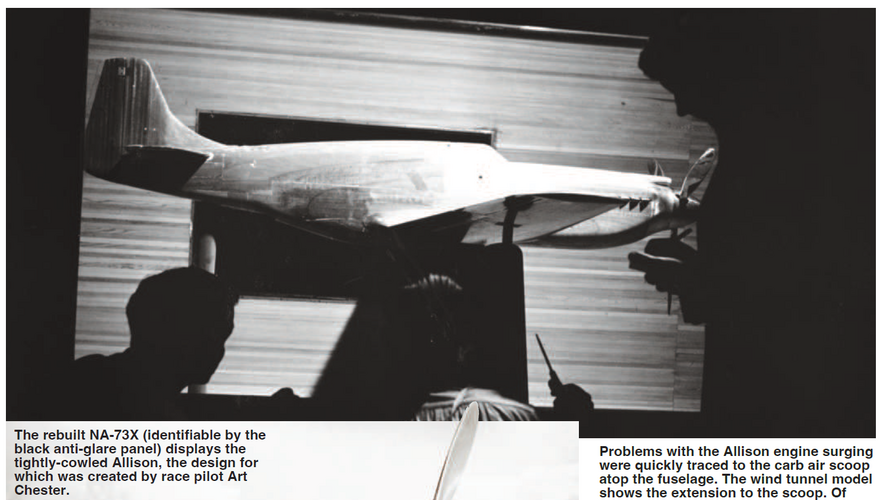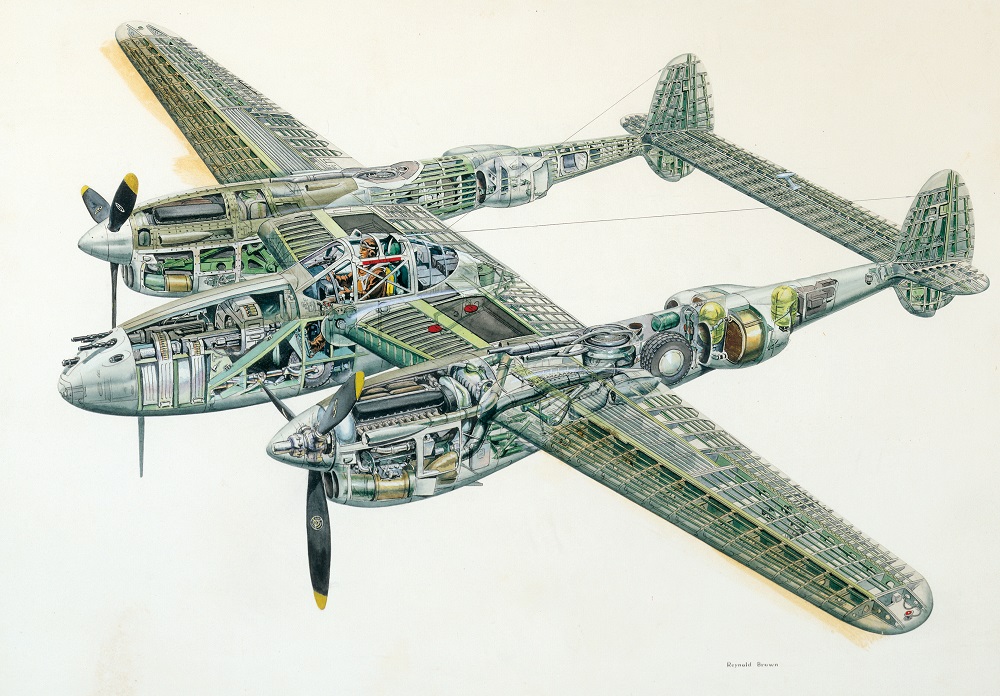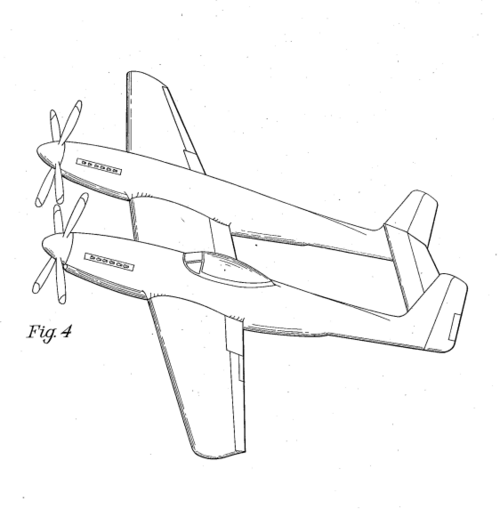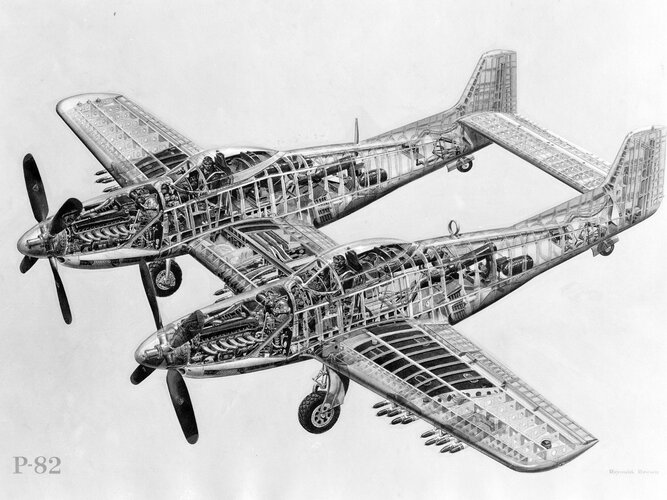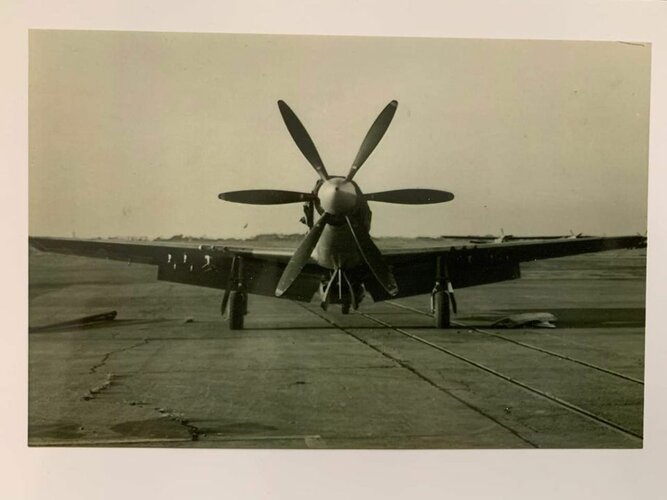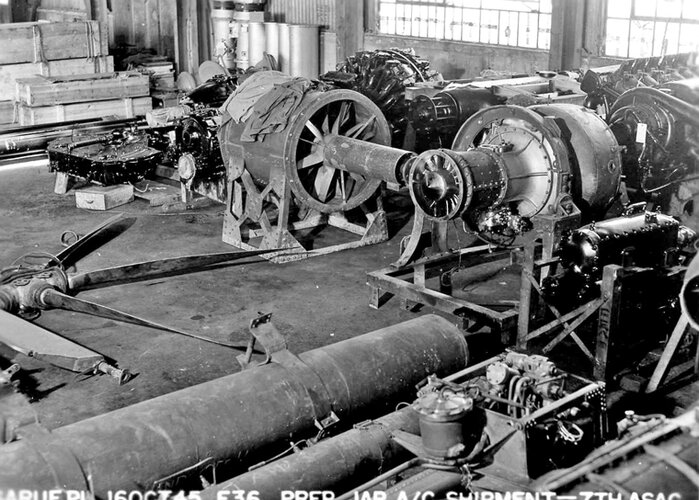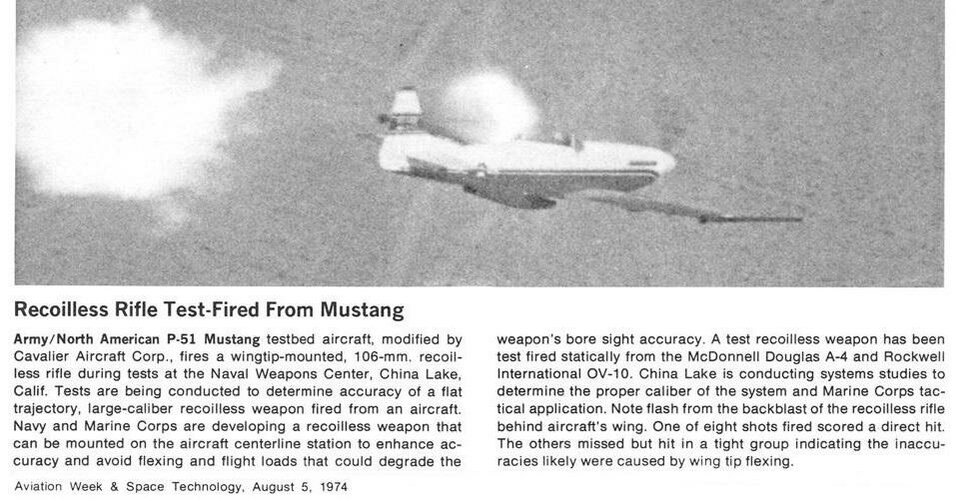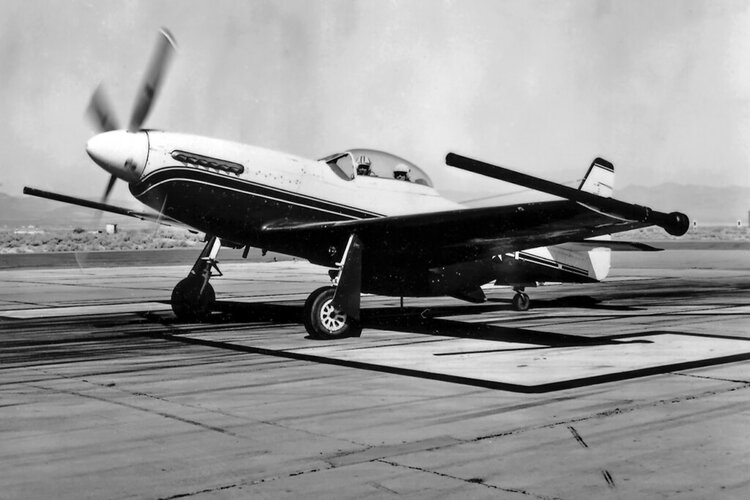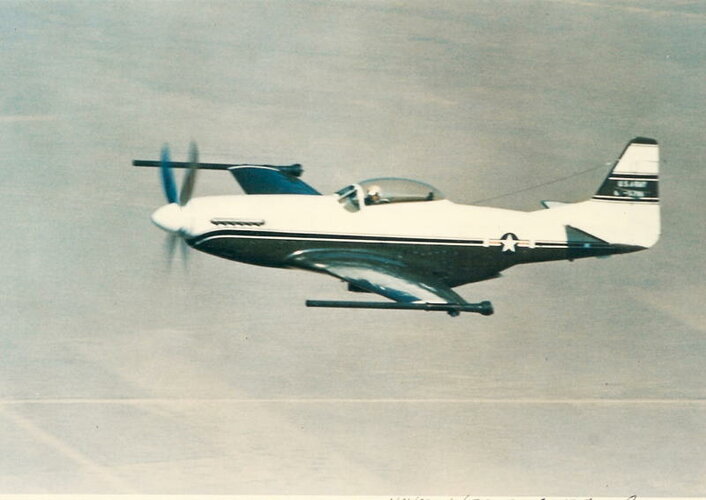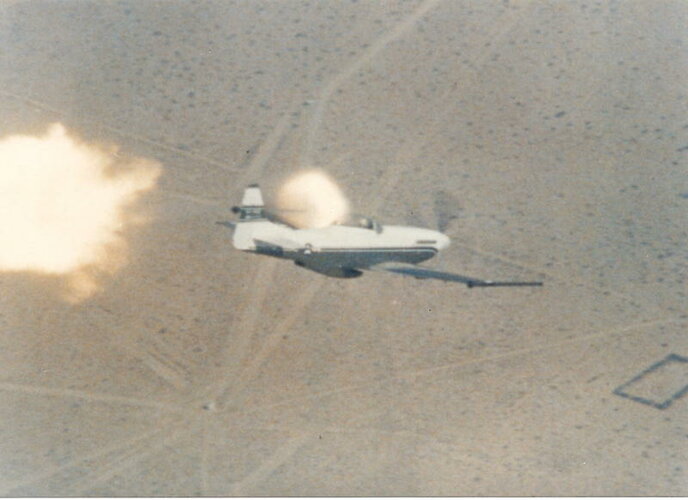- Joined
- 25 July 2007
- Messages
- 3,862
- Reaction score
- 3,135
Here is another IWM image of 44-72210 (VF-S), the radar-equipped P-51D said to be the personal mount of Col. Everett W, Stewart, CO of the 336th FS, 4th FG, 8th AF. Both photos are date June 1945.
One source says that the aircraft crashed at Kitzingen Army Airfield in Bavaria on 15 May 1946. AFAIK, only the 10th PRG operated Mustangs from Kitzingen. Perhaps to odd-ball 44-72210 became a hack for a photo-recon squadron after WW2?
But more sources say that 44-72210 was damaged on the same day at Kitzeugen. With Lt Hardy M Smith at the controls, 44-72210 suffered Cat 2 damage in a taxiing accident.
I found a 1956 newpaper mention of a Capt Hardy M. Smith who had served in the ETO before ending up at Elmendorf AFB with the 4th AACS Squadron, Mobile (a ground radio unit). But I find no 'Kitzeugen' in Germany - beyond contemporay US media reports. (Does anyone know if 'Kitzeugen' was an old, alternative spelling of Kitzingen?)
One source says that the aircraft crashed at Kitzingen Army Airfield in Bavaria on 15 May 1946. AFAIK, only the 10th PRG operated Mustangs from Kitzingen. Perhaps to odd-ball 44-72210 became a hack for a photo-recon squadron after WW2?
But more sources say that 44-72210 was damaged on the same day at Kitzeugen. With Lt Hardy M Smith at the controls, 44-72210 suffered Cat 2 damage in a taxiing accident.
I found a 1956 newpaper mention of a Capt Hardy M. Smith who had served in the ETO before ending up at Elmendorf AFB with the 4th AACS Squadron, Mobile (a ground radio unit). But I find no 'Kitzeugen' in Germany - beyond contemporay US media reports. (Does anyone know if 'Kitzeugen' was an old, alternative spelling of Kitzingen?)

